Cruise dining has evolved from cafeteria-style buffets to sophisticated culinary programs featuring celebrity chefs, specialty restaurants, and premium ingredients that rival those of land-based fine dining establishments. The competition for passenger loyalty has driven cruise lines to invest heavily in food quality, service standards, and diverse dining options that cater to increasingly sophisticated palates.
Modern cruise passengers expect restaurant-quality meals throughout their voyage, with many choosing ships based on dining reputation rather than itinerary or entertainment options. Here are 17 cruise lines that consistently receive top ratings for their culinary programs and overall food quality.
Seabourn

This ultra-luxury line employs Michelin-starred chef Thomas Keller as consulting chef, elevating all dining venues to fine-dining standards with locally sourced ingredients and seasonal menus. The intimate ship size allows for personalized service and made-to-order preparations that larger vessels cannot accommodate due to volume constraints.
Caviar service, premium wines, and artisanal cheeses are included in the fare rather than charged as expensive extras found on other cruise lines. The Restaurant presents multi-course tasting menus that change daily based on available ingredients and port-specific specialties.
Regent Seven Seas

All dining venues operate as specialty restaurants with no additional charges, featuring cuisine developed by culinary institutes and executed by professionally trained chefs. The line’s Culinary Arts Kitchen hosts cooking classes led by guest chefs who demonstrate techniques using the same premium ingredients served in ship restaurants.
Compass Rose, the main dining room, offers different menus each evening with multiple courses and wine pairings included in the fare. Room service features full restaurant menus available 24/7 with no delivery charges, including gourmet items like lobster thermidor and beef tenderloin.
Like Travel Pug’s content? Follow us on MSN.
Silversea

Italian heritage influences the sophisticated dining program featuring regional specialties and premium ingredients imported from European suppliers rather than mass-market distributors. The Relais & Châteaux partnership ensures culinary standards meet luxury hotel expectations with presentation and service matching land-based fine dining establishments.
Butler service in all suites includes afternoon tea, evening canapés, and an in-suite dining experiences that turn staterooms into private restaurants. La Terrazza offers Italian specialties with recipes sourced from family establishments in Italy’s culinary regions.
Crystal Cruises
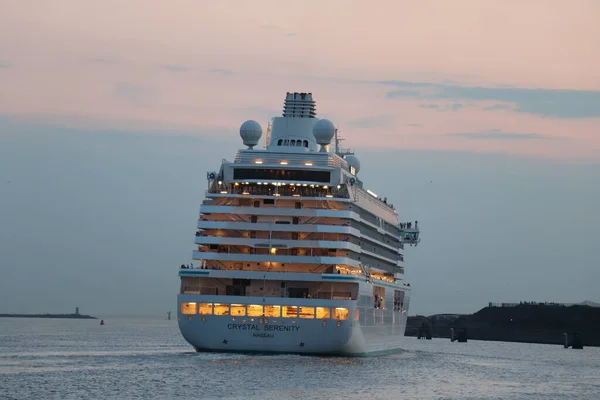
The partnership with Nobu Matsuhisa brings authentic Japanese cuisine to sea with sushi bars and teppanyaki restaurants that maintain land-based quality standards. Vintage Room wine tastings feature rare vintages and expert sommeliers who provide education alongside premium selections from renowned vineyards.
Specialty dining venues include Prego for Italian cuisine and Silk Road for Pan-Asian specialties, each maintaining distinct culinary identities rather than generic international menus. The main dining room changes themes nightly with coordinated menus, decor, and service styles that create unique experiences throughout the cruise.
Viking Ocean Cruises

Scandinavian culinary traditions blend with destination-specific ingredients acquired during port visits, creating menus that reflect itinerary locations rather than generic international fare. The Restaurant features Nordic-inspired cuisine with emphasis on fresh seafood, game meats, and seasonal vegetables prepared with traditional techniques.
Mamsen’s Norwegian deli serves authentic Scandinavian specialties, including house-made gravlax, lefse, and traditional pastries available throughout the day. World Café buffet emphasizes fresh preparation with live cooking stations rather than pre-prepared items sitting under heat lamps.
Like Travel Pug’s content? Follow us on MSN.
Oceania Cruises

Executive Chef Eric Barale oversees culinary programs that emphasize fresh ingredients and classical cooking techniques rather than high-volume production methods common on larger ships. Privée, the private dining venue, offers multi-course wine-paired dinners for small groups seeking intimate fine-dining experiences.
The Culinary Center features hands-on cooking classes with professional-grade equipment where passengers prepare and enjoy meals using techniques demonstrated by expert instructors. Market-fresh ingredients are sourced at each port, allowing menus to reflect local specialties and seasonal availability rather than pre-planned standardized offerings.
Azamara Club Cruises
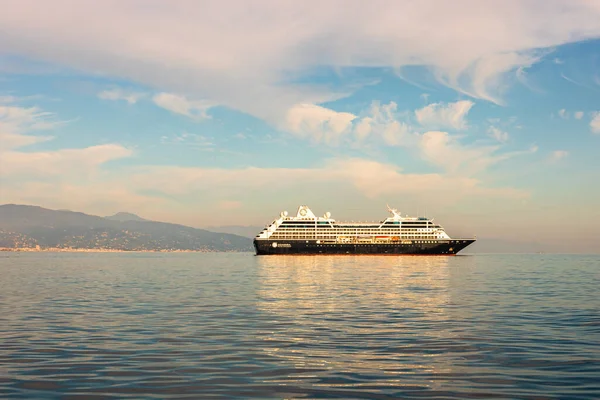
AzAmazing Evenings feature exclusive dining experiences in unique venues like private palaces, historic estates, and cultural landmarks that provide authentic local cuisine. The ship’s compact size allows for more personalized service and higher-quality ingredients since food preparation volumes remain manageable for chef-driven cuisine.
Specialty restaurants focus on specific regional cuisines with authentic recipes and traditional preparation methods rather than fusion concepts that dilute cultural authenticity. Prime C Steakhouse sources premium aged beef and offers tableside preparations that rival land-based steakhouses.
Paul Gauguin Cruises
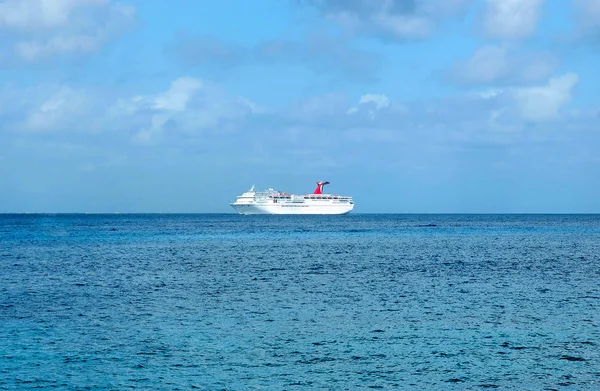
French Polynesian influences permeate all dining venues with local ingredients like fresh fish, tropical fruits, and Polynesian spices incorporated into both French and regional specialties. Le Grill offers beachside dining during port visits with barbecued fresh catch and local specialties prepared by chefs who understand traditional island cooking methods.
The line’s partnership with Relais & Châteaux ensures service standards and culinary execution meet luxury hospitality expectations throughout the vessel. Local cultural specialists provide cooking demonstrations featuring traditional Polynesian techniques and ingredients unique to the South Pacific.
Like Travel Pug’s content? Follow us on MSN.
Windstar Cruises

The intimate yacht-like atmosphere allows for personalized dining experiences with made-to-order preparations and flexible meal timing that accommodates individual preferences. AmphorA restaurant features Mediterranean cuisine with emphasis on fresh seafood and local ingredients acquired during frequent port visits throughout the region.
Candles Grill provides casual outdoor dining with grilled specialties and sunset views that create memorable dining experiences beyond just food quality. The ship’s small passenger capacity enables chefs to accommodate dietary restrictions and personal preferences more easily than mass-market operations.
Celebrity Cruises
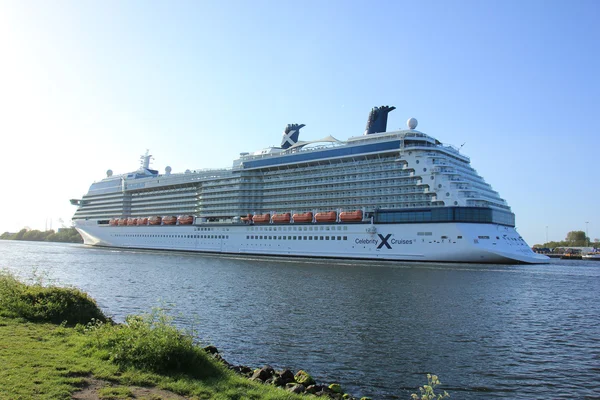
The partnership with Michelin-starred chef Daniel Boulud elevates specialty dining to restaurant-quality standards with seasonal menus and premium ingredient sourcing. Le Petit Chef creates immersive dining experiences using projection mapping technology that entertains guests while serving multi-course meals prepared by skilled culinary teams.
Raw on five offers sushi and sashimi prepared by trained sushi chefs using fresh fish and authentic Japanese techniques rather than pre-prepared alternatives. Rooftop Garden Grill sources herbs and vegetables from shipboard gardens, ensuring maximum freshness for salads and garnishes.
Holland America Line

Culinary Council members, including Jacques Pépin, influence menu development and cooking techniques throughout all dining venues, elevating food quality beyond typical cruise line standards. Pinnacle Grill specializes in premium steaks and seafood with tableside preparations and extensive wine selections that complement the sophisticated menu offerings.
Cooking classes led by master chefs provide hands-on instruction using professional equipment and techniques that passengers may replicate at home. The line’s Indonesian heritage influences specialty dishes and service styles that reflect the company’s historical connections to Southeast Asian cuisine.
Like Travel Pug’s content? Follow us on MSN.
Princess Cruises

The partnership with Curtis Stone brings contemporary Australian cuisine to specialty restaurants with an emphasis on fresh ingredients and innovative preparation techniques. Sabatini’s Italian Restaurant features family recipes and traditional preparations using imported ingredients that maintain authenticity rather than adapted cruise versions.
The Chef’s Table Lumiere offers multi-course wine-paired dinners in intimate settings that showcase culinary creativity and presentation skills beyond standard dining room offerings. Cooking classes and food tours in ports provide cultural context for onboard dining experiences that connect food with destinations.
Norwegian Cruise Line
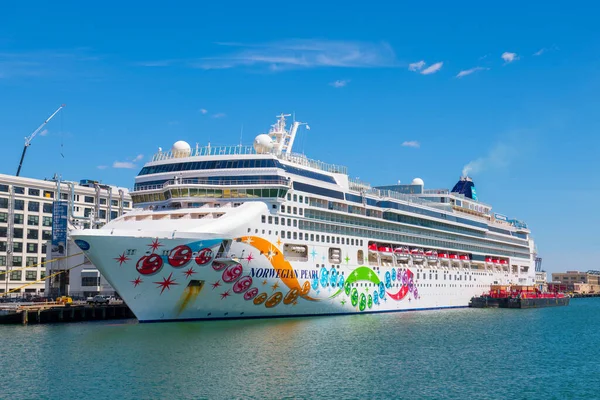
The Waterfront dining concept creates outdoor restaurant experiences with ocean views and fresh air that enhance the dining atmosphere beyond enclosed dining rooms. Le Bistro offers French cuisine with traditional preparations and extensive wine selections that rival land-based French restaurants in quality and authenticity.
Teppanyaki provides interactive dining entertainment with skilled chefs preparing meals tableside using fresh ingredients and authentic Japanese cooking techniques. The variety of specialty restaurants allows passengers to experience different cuisines throughout the cruise rather than repetitive menu offerings.
Royal Caribbean International
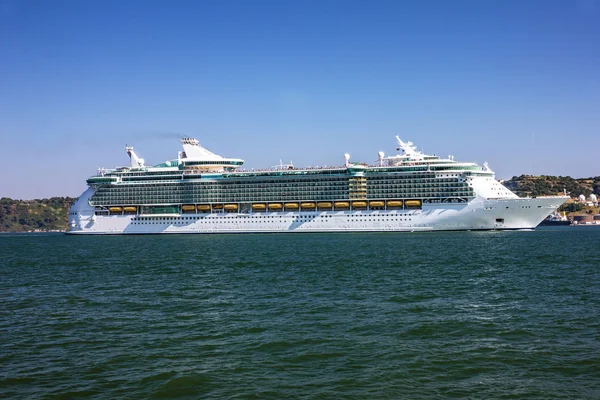
The 150 Central Park restaurant utilizes fresh herbs grown in the ship’s living park environment, creating unique farm-to-table experiences at sea that emphasize ingredient freshness. Chef’s Table provides multi-course wine-paired dinners in intimate settings that showcase culinary creativity and premium ingredients unavailable in main dining rooms.
Giovanni’s Table features Italian family-style dining with recipes and techniques that reflect authentic regional Italian cuisine rather than Americanized versions. Specialty dining venues maintain distinct culinary identities rather than generic international menus that lack cultural authenticity.
Like Travel Pug’s content? Follow us on MSN.
Disney Cruise Line

Remy features French cuisine developed in partnership with renowned chefs, creating sophisticated dining experiences that cater to adult passengers seeking fine-dining quality. Animator’s Palate provides unique dining entertainment with interactive technology that engages families while serving quality meals that satisfy both children and adults.
The ships’ smaller passenger capacity allows for higher food quality and more personalized service compared to mass-market cruise operations. Character dining experiences combine Disney entertainment with restaurant-quality meals that exceed typical theme park food standards.
Virgin Voyages
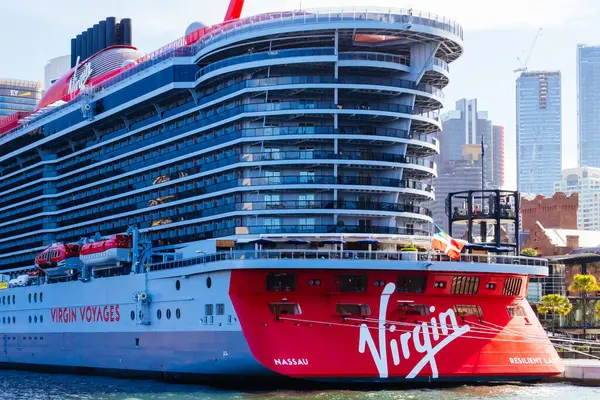
The adult-only concept allows for sophisticated dining venues without children’s menu constraints, enabling chefs to focus on contemporary cuisine and innovative presentations. Wake Steakhouse features premium aged beef and creative preparations that rival land-based steakhouses in quality and presentation standards.
The Galley food hall concept offers multiple cuisines in casual settings with made-to-order preparations rather than buffet-style service. Razzle Dazzle vegetarian restaurant demonstrates that plant-based cuisine can be sophisticated and satisfying without compromising on flavor or presentation quality.
MSC Cruises

Italian heritage influences all dining venues with authentic recipes, imported ingredients, and traditional preparation methods that reflect regional Italian cuisine diversity. Eataly partnership brings the renowned Italian marketplace concept to sea with fresh preparations, artisanal products, and educational experiences about Italian food culture.
The ship’s European service style and attention to meal presentation create dining experiences that reflect Mediterranean hospitality traditions. Specialty restaurants focus on specific Italian regions, allowing passengers to explore cuisine diversity rather than generic Italian-American adaptations.
Like Travel Pug’s content? Follow us on MSN.
Culinary Excellence at Sea
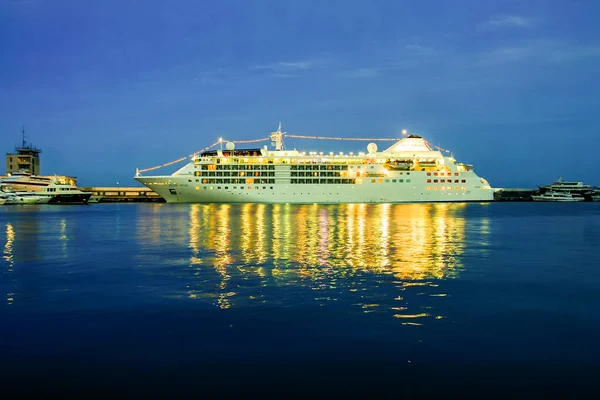
Modern cruise dining has transformed from quantity-focused operations to quality-driven culinary programs that compete with land-based restaurants for passenger satisfaction and loyalty. The investment in celebrity chef partnerships, premium ingredients, and professional kitchen equipment demonstrates the industry’s commitment to elevating food quality standards.
Specialty dining revenue has become increasingly important for cruise line profitability, incentivizing continued improvement in culinary programs and service standards. The best cruise dining experiences now rival destination restaurants while providing the convenience and value of included or reasonably priced shipboard dining options.
More from Travel Pug

- 20 Best Beach Towns in the Carolinas
- 13 Destinations Where Tourists Regularly Regret Their Trip
- 20 Things You Actually Get in First Class
- 20 Small Airports With Aviation Museums
- 20 Places in the U.S. That Are Perfect for a Reset Trip
Like Travel Pug’s content? Follow us on MSN.
